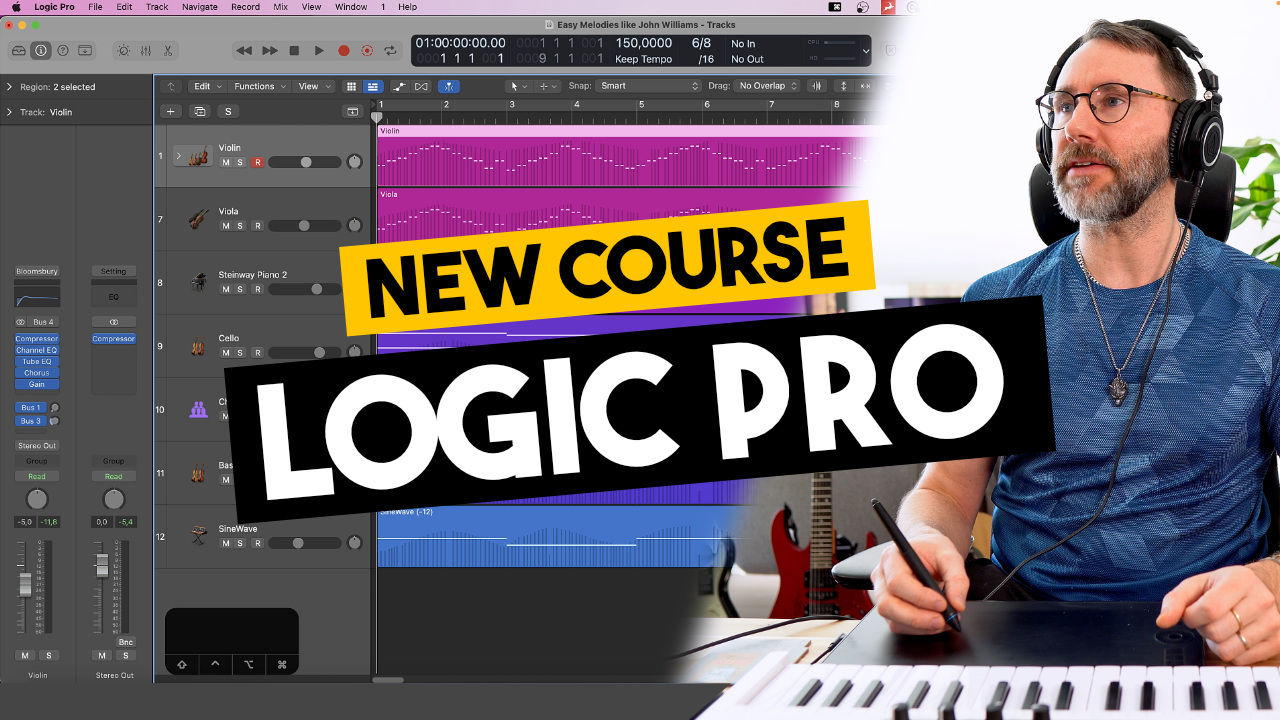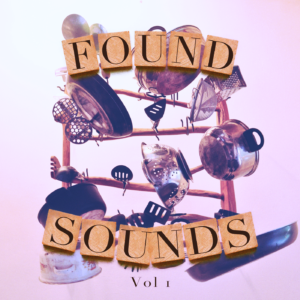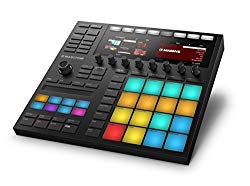Are you a music enthusiast who loves to explore new sounds and experiment with different chord progressions? Then you’ve probably heard of chromatic mediant modulation – a music theory trick that has been used by some of the greatest composers of all time. In this article and video, we’ll explore what chromatic mediant modulation is, why it’s so magical, and how you can use it in your own music.
NEW! Join my Logic Pro for beginners course 👉 http://bit.ly/3yYtSDI
What is Chromatic Mediant Modulation?
Chromatic mediant modulation is a harmonic technique where a chord progression changes from one key to another that is a chromatic mediant away. What does that mean? It means that the new key is three half-steps up or down from the original key. For example, if you’re in the key of C major, the chromatic mediant keys would be E-flat major or A-flat major.
The Magic of Chromatic Mediant Modulation
So, why do composers love chromatic mediant modulation? Because it creates a sense of surprise and tension that can be incredibly powerful in music. It’s like taking a sudden turn down an unexpected path. The listener is taken on a journey that is both exciting and satisfying.
Chromatic mediant modulation can be used to transition between different sections of a song or to add an emotional impact to a specific moment. It can also be used to create a sense of resolution or to create a feeling of unease. The possibilities are endless.
Famous Examples of Chromatic Mediant Modulation
Many famous composers have used chromatic mediant modulation in their music. For example, in Beethoven’s Symphony No. 9, the transition from the third to the fourth movement uses chromatic mediant modulation. In Chopin’s Prelude No. 17 in A-flat major, the modulation from A-flat major to F-sharp major is a chromatic mediant modulation. And in the Beatles’ “Something,” the modulation from C major to A-flat major in the chorus is a chromatic mediant modulation.
Try It Yourself: How to Use Chromatic Mediant Modulation in Your Own Music
Now that you know what chromatic mediant modulation is and why it’s so magical, it’s time to try it out for yourself. Here are some tips on how to use chromatic mediant modulation in your own music:
- Identify the key of your song and find the chromatic mediant keys.
- Choose a moment in your song where you want to create a sense of surprise or tension.
- Use chromatic mediant modulation to transition to a new key.
- Experiment with different chord progressions in the new key to create the desired emotional impact.
In conclusion, chromatic mediant modulation is a powerful music theory trick that has been used by some of the greatest composers of all time. It can add a sense of surprise, tension, resolution, or unease to your music. So go ahead, give it a try, and see where the magic takes you!
















